Insects have a PR problem
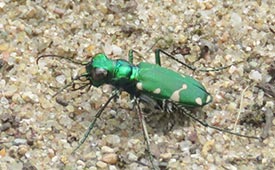
Northern barrens tiger beetle (Photo by Dan MacNeal, CC BY 4.0)
It's time we change that. You may have heard rumblings in the news about the loss of insects around the world. While some scientists have been screaming about this from the rooftops, it doesn’t seem to get the widespread attention it...
Restore it and they will come
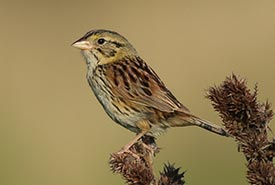
Henslow's sparrow (Photo by Adam Timpf)
One spring day last year, I was doing what I always do: walking the family dog and noting on my ebird app what birds were around. This daily ritual exercises the dog and allows me to collect data on what birds and wildlife are inhabiting our farm...
Could there be an invasive species in your backyard?

Person taking picture of a plant (Photo by iStock)
The changing of the seasons in Canada brings back some of our most beloved species. Migratory birds fly back north, our gardens come alive and buds reappear on the trees. However, the warming weather can also bring some less-than-desirable...
How human-made dams impact rivers
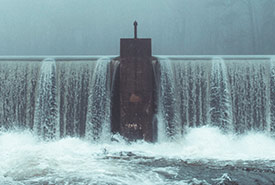
Dam (Photo by Austin Evans, Unsplash)
As the lifeblood of the planet, rivers are teeming with biodiversity. They support a wealth of wildlife and provide many benefits to humans. In Canada, we have over 8,500 named rivers, according to WWF-Canada, and are home to 20 per cent of the...
Reconnecting the wild: Ensuring safe passage through animal road crossings
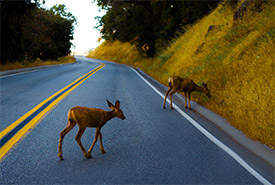
Deer crossing road (Photo by Steven Coffey on Unsplash)
From Victoria to St. John’s, the Trans-Canada Highway stretches across 8,030 kilometres of landscape in Canada. While it covers a lot of ground, it also fractures many habitats that are home to a variety of animals. Deer, moose, bears and...
Even small acts can have a ripple effect: tackling plastic pollution
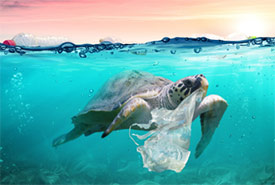
A turtle swimming with plastic (Photo by Unsplash)
Plastic pollution has become a part of the food chain in our waterways. According to Plastic Oceans, more than eight million tonnes of plastic waste is dumped into our oceans annually. As a result, one in three species of marine mammals become...
50 bird species and the sounds that they make
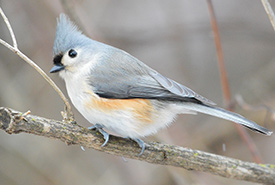
Tufted titmouse (Photo by Jocelyn Anderson, Wikimedia Commons)
While many of the birds included are not native to Canada (but may be present as farm animals, pets or invasive species), it is still enriching to listen to birds from around the globe. Some examples of native Canadian birds on the infographic are...
Don’t forget to brake for snakes
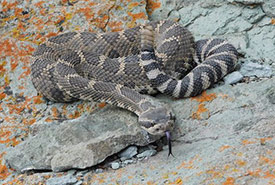
The western rattlesnake. (Photo by Stephanie Winton)
The Okanagan Valley, a hot spot for many at-risk species, is located in the south-central Southern Interior region of British Columbia. It is home to 185 wineries, many golf courses and fruit orchards, and an incredibly diverse landscape that...
Meet your butterfly neighbours
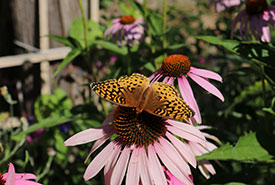
Great spangled fritillary butterfly (Photo by Monica Seidel)
Did you know that there are over 300 butterfly species in Canada, with 150 in Ontario alone? While most people are familiar with the iconic monarch and swallowtail butterflies, there are many other species fluttering around that would love to meet...
Plant persistence: Reflecting on the International Year of Plant Health
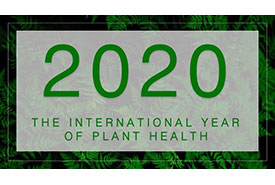
Graphic by Invasive Species Centre
Of all plants, trees fascinate me the most. I think of the California redwood, standing at enormous heights, resilient and impenetrable. I think of Madagascar’s baobab, evolving in isolation and its branches resembling roots. I think about...

